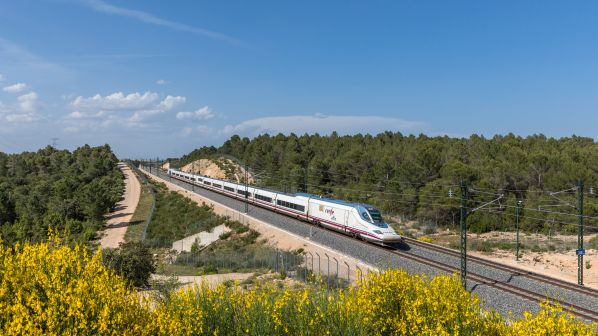Erex was developed by Scandinavian infrastructure managers Jernbaneverket, Trafikverket, and Banedanmark, who subsequently founded NE2Eress to expand the scope of the concept and promote data sharing. They have since been joined by Infrabel (Belgium), Liikennevirastoits (Finland), Swiss Federal Railways (SBB), and Dutch railway energy procurement cooperative Vivens.
Eress is a non-profit, split-cost partnership, with Erex currently used on around 6000 trains. Eress says the technology, which enables infrastructure managers and operators to accurately determine how much energy is being used by each train, allowing precise billing for energy costs, has the potential to reduce electricity consumption by between 15 and 30%.
Erex receives measured energy data from most of the existing energy measurement systems active not just in the partner countries but across Europe as well as data from GPS positions, train management systems, and the specific energy prices per hour and for a certain country. From this it validates, filters, and combines all of the information to ensure that the data is correct before it becomes the basis for billing the operator when operating in a specific territory. The system can also account for energy returned to the network through regenerative braking.
“It is key for Adif to be ready to face the new challenges that the liberalisation of the passenger service will bring up,” says Adif president, Ms Isabel Pardo de Vera Posada. “The deadline set by the European Union for the supply and invoicing of energy based on the amount of electricity effectively consumed by each train is fast approaching. Therefore, it is important for us to ensure that we will be ready to enforce a single system already implemented in seven other European countries.”

